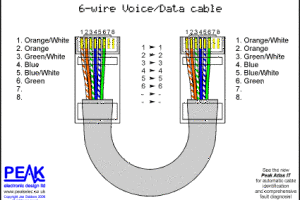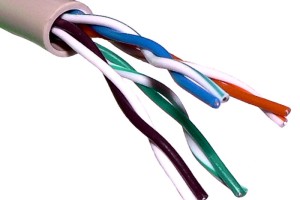Fiber optic cabling installation
Fiber optic is slowly becoming the new face of modern telecommunication as it is replete with plenty of features that set it apart from other transmission media such as coaxial cables.
For one, fiber optic offers amazing speeds which can peak up to 1.05 PBps. Such speeds come from the idea that light travels at extremely fast speeds, and hence data can be transmitted with these speeds too. Additionally, fiber is intolerant to eavesdropping.
However, despite the many appraisals that fiber optic gets, its installation process cannot be compared to a walk in the park. There are plenty of things that need to be put into consideration. Some of these things include: cable type, environment, and cable ratings.
Determining the Right Cable
A cable’s actual job is to protect the fiber inside from hazards during installation. Therefore, without an explicit specification, one is left with hundreds of choices to choose from. However, the determining factor lies in where the cable will be placed.
Inside buildings, for instance, the cables don’t have to be physically strong, but they do have to meet all fire code provisions. Outside a building, laying out a fiber cable will depend on whether the cable is buried or placed in a conduit.
Cable Types
Different cable types are applied in different areas. Therefore, having a rough idea of the common cable types is key.
1. Simplex and Zip cord – This consists of one and two pairs of fiber that are jacketed and tightly buffered with Kevlar. Zip cord, on the other, hand is a combination of two simplex cables that are connected with a thin web. Simplex is mostly used for patch cord and backplane applications while zip cord is used for desktop connections.
2. Distribution cables – They contain a number of double-buffered fibers that are bundled under the same jacket. Since they are double-buffered, they can be directly terminated.
3. Breakout cables – They are a combination of several simplex cables. They are strong and rugged, but also expensive than distribution cables. They are used in conduit runs and risers.
Cable Ratings
As per the NEC (National Electrical Code), all cables must carry proper identifications and ratings. It is a requirement to only install cables with markings as these are the only ones that will pass inspections.
Typical “Don’ts” During Fiber Installation
• Never pull on the fibers. Instead, pull on the strength members only.
• Never twist the fiber optic cable as this can cause some stress on the fibers too.
• Avoid kinking the cable at all costs.
• Never exceed the maximum vertical rise.
• Never exceed the maximum pulling load rating indicated on the cable.
• Do NOT exceed the cable bending radius.
• Fiber cables should never be laid against sharp edges.




